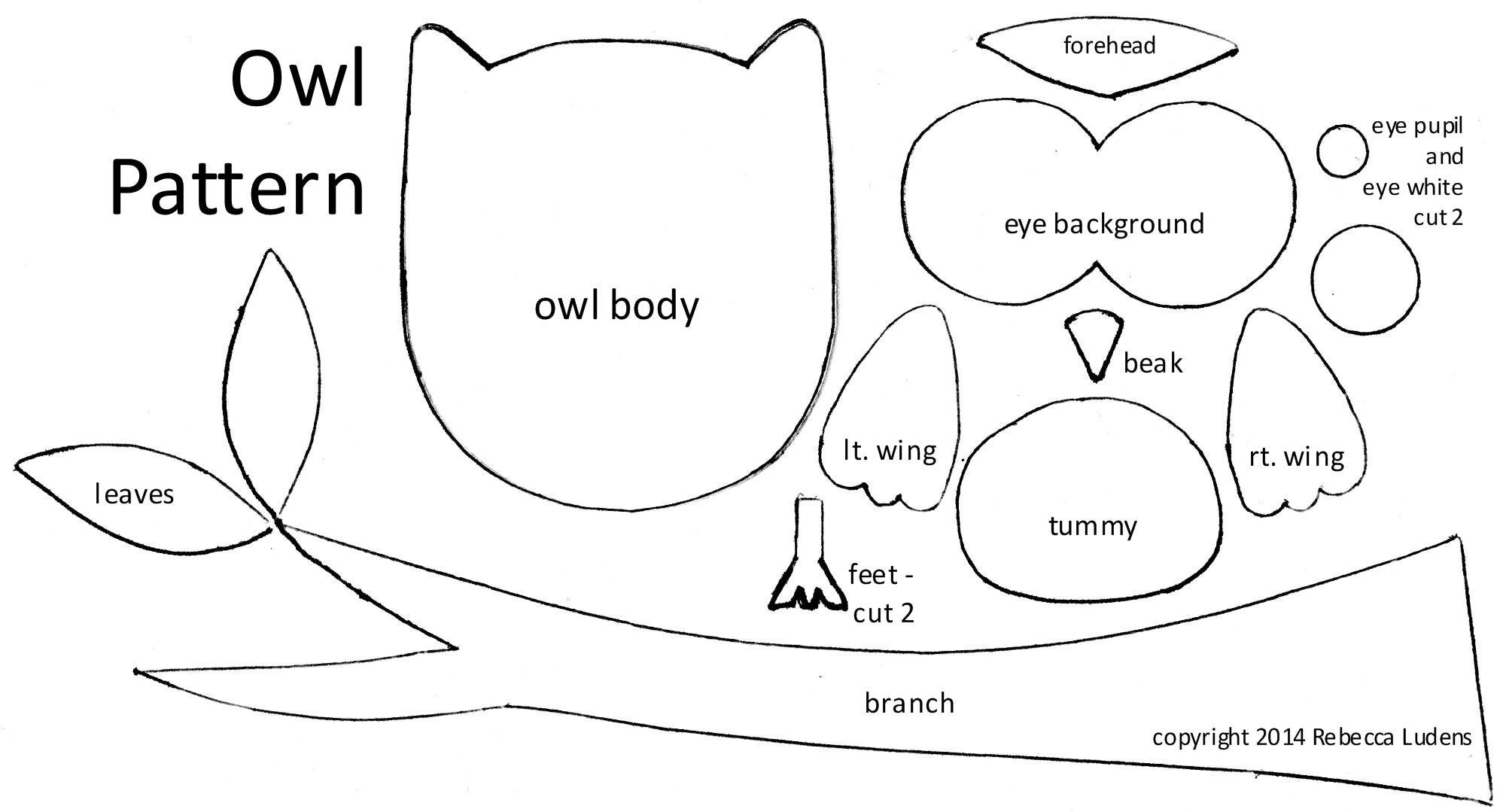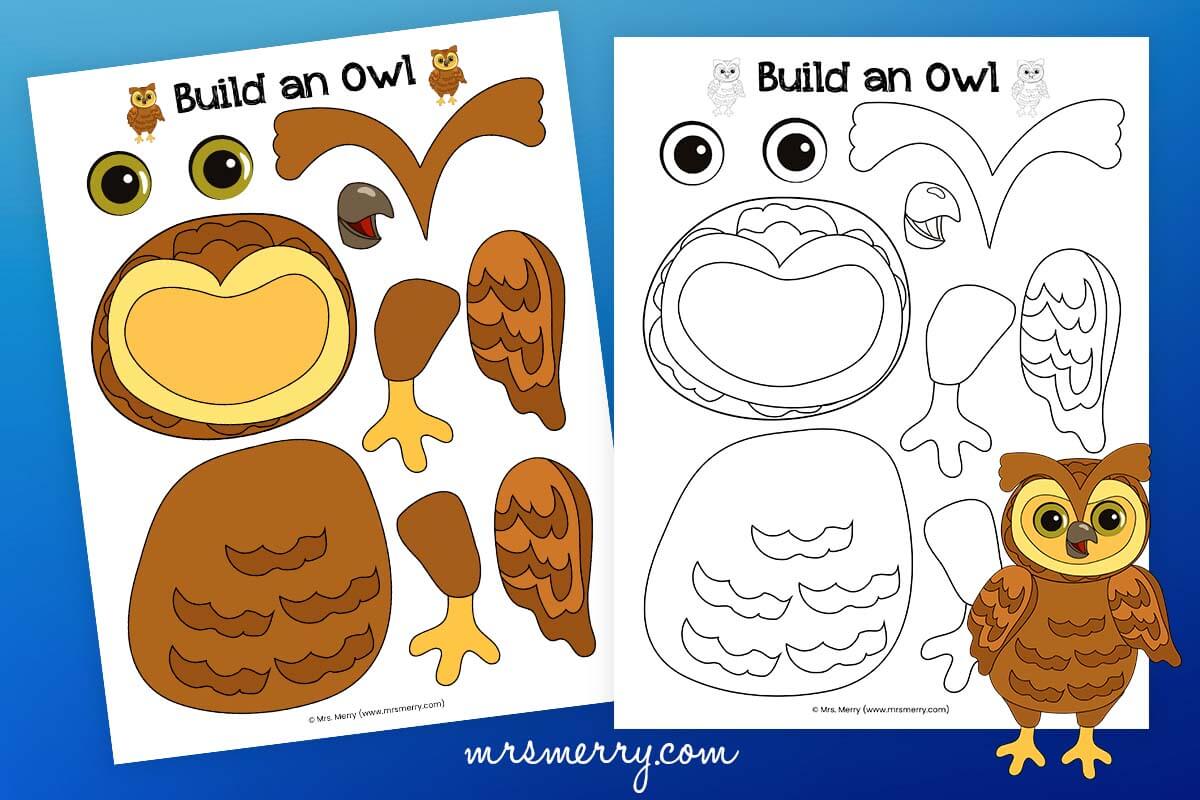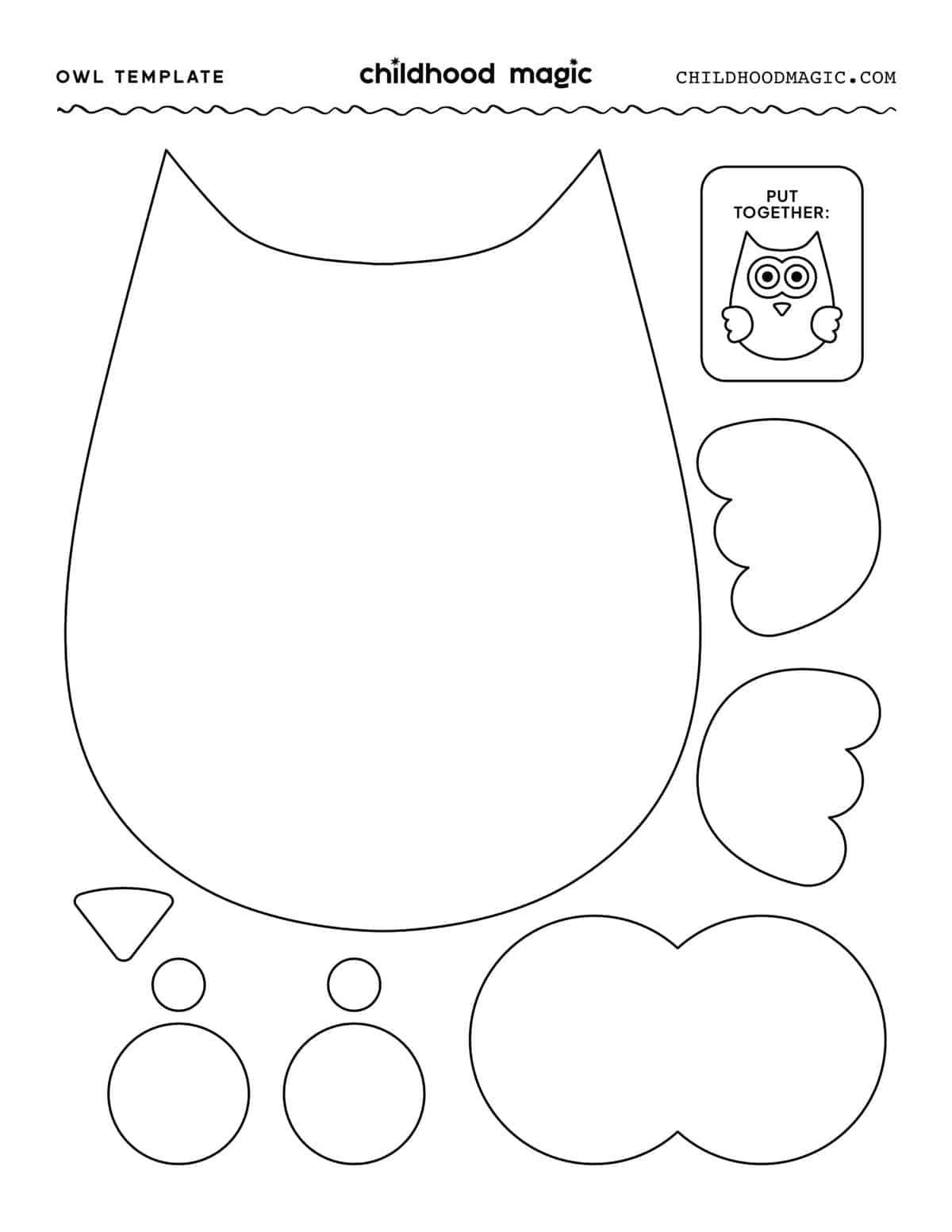Are you a fan of owls? Do you find their mysterious and wise demeanor captivating? If so, you’ve come to the right place! In this article, we will take a deep dive into the world of owls, exploring various aspects such as their symbolism, habitat, and interesting facts. So, grab a cup of tea, sit back, and prepare to be intrigued by these magnificent creatures.
The Symbolism of Owls
Owls have long been associated with wisdom and knowledge. In ancient Greek mythology, the goddess Athena was often depicted with an owl, symbolizing wisdom, strategy, and intelligence. Similarly, in many Native American cultures, owls were seen as spiritual guides and bringers of wisdom.
But the symbolism doesn’t end there. Owls are also often associated with intuition, insight, and the ability to see beyond the surface. Their incredibly sharp vision and keen hearing make them great observers of their surroundings, allowing them to gather information and make informed decisions.
The Fascinating Habitat of Owls
Owls can be found all around the world, in various habitats ranging from dense forests to open fields. They are incredibly adaptable creatures, able to thrive in both rural and urban environments. One of the key factors that contribute to their success is their ability to fly silently, thanks to their specialized feather structure.
Most owl species are nocturnal, meaning they are active during the night. This allows them to take advantage of the darkness and hunt their prey with precision. Their incredible night vision, combined with their exceptional hearing, makes them formidable predators.
Interesting Owl Facts
Now, let’s dive into some fascinating facts about owls that will leave you in awe:
- Owls are incredibly silent fliers, thanks to the unique structure of their feathers.
- There are around 200 different owl species in the world.
- Owls have the ability to rotate their heads up to 270 degrees, allowing them to have a wide field of vision.
- An owl’s eyes are fixed in their sockets, so they have to turn their whole head to look around.
- Some owl species have asymmetrical ear positioning, which helps them locate the precise direction of sounds.
- Owls have three eyelids - one for blinking, one for sleeping, and one for keeping their eyes clean and moist.
- The barn owl is one of the most widespread owl species, found on every continent except Antarctica.
- Contrary to popular belief, not all owls hoot. Some species make screeching or whistling sounds instead.
- The largest species of owl is the Eurasian eagle-owl, which can have a wingspan of up to six feet.
- Although owls are known for their incredible hearing, they do not have a great sense of smell.
The Importance of Owl Conservation
While owls have captivated our imaginations for centuries, they are facing numerous threats in the modern world. Deforestation, habitat destruction, and climate change are some of the main factors contributing to the decline in owl populations worldwide.
Conservation efforts are crucial to ensuring the survival of these incredible creatures. Organizations and individuals around the world are working tirelessly to protect owl habitats, educate the public about the importance of owls, and implement sustainable practices to mitigate the threats they face.
By supporting these conservation efforts and spreading awareness about the challenges facing owls, we can make a difference in preserving these magnificent birds for future generations to enjoy.
Fun and Educational Owl Crafts
Are you looking for a fun and educational activity to do with your kids? Why not try some owl crafts! Not only are they a great way to spark creativity, but they also provide an opportunity to learn more about these fascinating creatures.
Here are a few owl craft ideas that you can try:
1. Printable Owl Craft
 This adorable printable owl craft is perfect for kids of all ages. Simply print out the template, color it in, and assemble the pieces to create your very own owl. It’s a great way to encourage fine motor skills and creativity.
This adorable printable owl craft is perfect for kids of all ages. Simply print out the template, color it in, and assemble the pieces to create your very own owl. It’s a great way to encourage fine motor skills and creativity.
2. Sponge Painted Owl Craft
 Get messy with this sponge painted owl craft! Dip a sponge in different colors of paint and dab it onto the owl template to create a colorful and textured masterpiece. This craft is not only fun but also helps develop hand-eye coordination.
Get messy with this sponge painted owl craft! Dip a sponge in different colors of paint and dab it onto the owl template to create a colorful and textured masterpiece. This craft is not only fun but also helps develop hand-eye coordination.
3. Paper Plate Owl Craft
 Transform a simple paper plate into an adorable owl with this craft idea. Cut out the eyes, beak, and wings from colored paper and glue them onto the plate. Let your imagination run wild as you decorate your owl with feathers, sequins, or markers.
Transform a simple paper plate into an adorable owl with this craft idea. Cut out the eyes, beak, and wings from colored paper and glue them onto the plate. Let your imagination run wild as you decorate your owl with feathers, sequins, or markers.
4. Origami Owl
 If you enjoy the art of paper folding, why not try your hand at creating an origami owl? This traditional Japanese craft requires precision and patience but produces a stunning result. Follow step-by-step instructions or watch a tutorial to get started.
If you enjoy the art of paper folding, why not try your hand at creating an origami owl? This traditional Japanese craft requires precision and patience but produces a stunning result. Follow step-by-step instructions or watch a tutorial to get started.
5. Clay Owl Sculpture
 Unleash your inner artist with a clay owl sculpture. Mold and shape clay into the form of an owl, adding intricate details such as feathers, eyes, and beak. Once you’re satisfied with your creation, let it air dry or bake it according to the instructions.
Unleash your inner artist with a clay owl sculpture. Mold and shape clay into the form of an owl, adding intricate details such as feathers, eyes, and beak. Once you’re satisfied with your creation, let it air dry or bake it according to the instructions.
These are just a few examples of the many owl crafts you can try. Get creative, explore different materials, and let your imagination soar as you embark on an artistic journey with these fascinating creatures as your inspiration!
Conclusion
Owls truly are remarkable creatures, capturing our attention with their unique features and captivating symbolism. From their association with wisdom and intuition to their ability to adapt and thrive in various habitats, they continue to fascinate and inspire people around the world.
By learning more about owls, supporting conservation efforts, and engaging in fun and educational activities such as owl crafts, we can deepen our appreciation for these magnificent birds and contribute to their preservation. So, let’s celebrate the beauty and wonder of owls together!